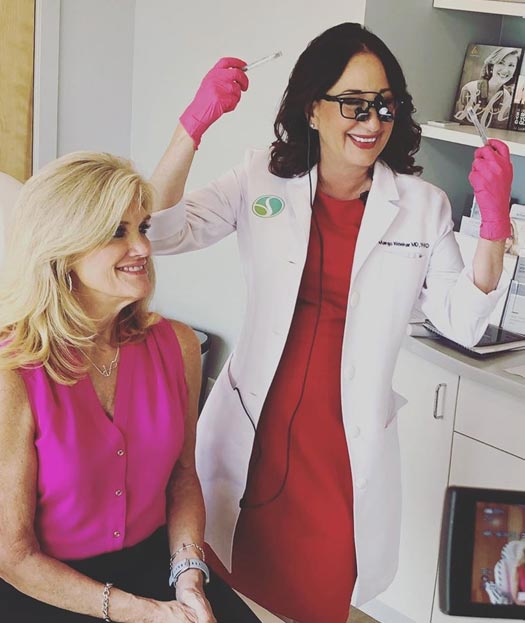Sofwave is here! Plus: Try Something New Summer Sale LEARN MORE
- About
- Cosmetic
- Conditions
- Injectables
- Lasers
- Skin Rejuvenation
- Signature Treatments
- Medical
- Gallery
- SHOP
- Contact us
- Book Now
Springhouse Dermatology takes great pride in offering a variety of advanced treatments tailored to meet the unique needs of our patients:
While the treatments offered at Springhouse Dermatology are safe and effective, patients need to be aware of potential risks and side effects. Common side effects include temporary redness, swelling, and sensitivity to the treated area. Dr. Weishar is dedicated to the highest standards of patient safety and care, employing techniques that minimize discomfort and reduce the risk of complications.
Achieving lasting results from your large pores treatment involves more than just professional procedures. Dr. Weishar emphasizes the importance of a tailored skincare routine, including regular use of sunscreen and products designed to maintain skin health and elasticity. Follow-up appointments are recommended to assess progress and make any necessary adjustments to your treatment plan.
Under the expert guidance of Dr. Margo Weishar, Springhouse Dermatology is the top destination for those seeking to minimize the appearance of large pores in Philadelphia. Her accolades and commitment to utilizing the latest technologies ensure that patients receive the highest level of care. With personalized treatment plans and a focus on natural-looking results, Dr. Weishar helps patients achieve smoother, healthier skin.
Ready to address your large pores with the best treatment options available? Schedule your consultation with Dr. Weishar today and take the first step towards refined, beautiful skin.
Book an Appointment
Large pores appear as small openings on the skin’s surface. They are most commonly found on the nose, cheeks, and forehead where the sebaceous glands are more active. Large pores can make the skin’s texture appear rough and uneven.
While you cannot permanently eliminate pores, you can minimize their appearance through regular cleansing, exfoliation, professional skincare treatments, and skincare products formulated for your skin type.
Pores may appear larger due to increased oil production, aging, sun damage, and other environmental factors. As the skin’s elasticity decreases and collagen production slows, pores can lose their tightness and become more visible.
Yes, genetics can play a significant role in the size of your pores. If your parents or close relatives have it, you’re more likely to have them as well. Genetic factors can determine how your skin produces oil and how it ages, both of which influence pore size.